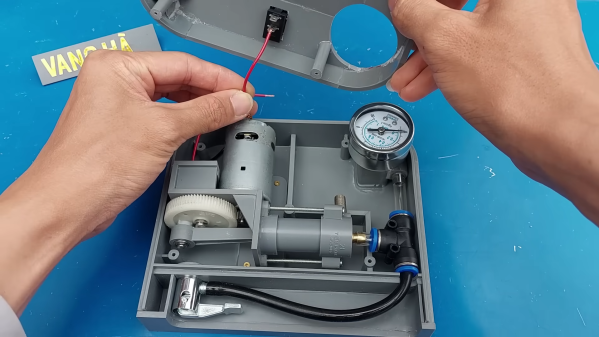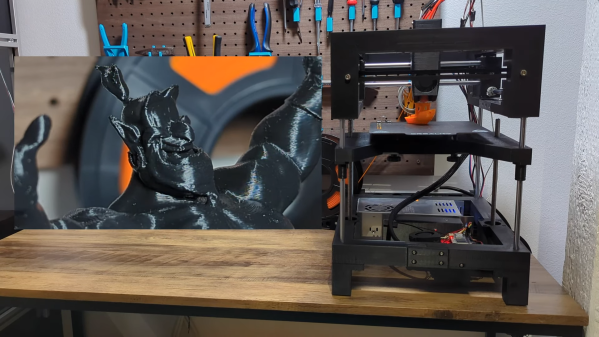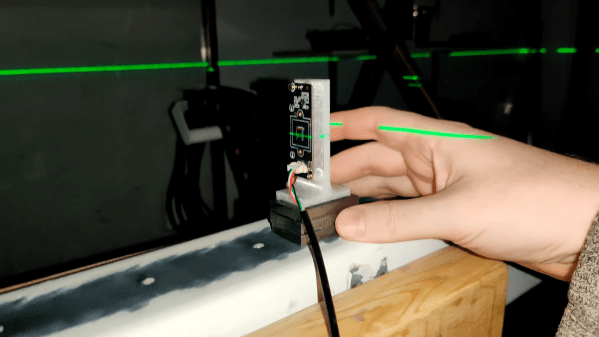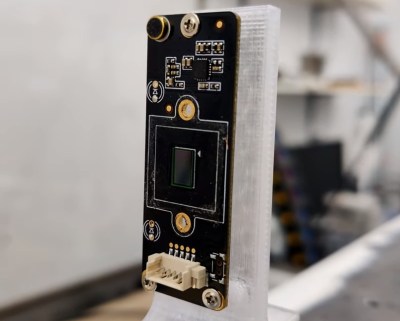Let’s just clear something up right from the start with this one: there’s literally no reason to build your own tire inflator from scratch, especially when you can buy a perfectly serviceable one for not a lot of money. But that’s missing the point of this build entirely, and thinking that way risks passing up yet another fascinating build from PVC virtuoso [Vang Hà], which would be a shame
The chances are most of you will recall [Vang Hà]’s super-detailed working PVC model excavator, and while we’re tempted to say this simple air pump is a step toward more practical PVC builds, the fact remains that the excavator was a working model with a completely homebrew hydraulic system. As usual, PVC is the favored material, with sheet stock harvested from sections of flattened pipe. Only the simplest of tools are used, with a hand drill standing in for a lathe to make such precision components as the compressor piston. There are some great ideas here, like using Schrader tire valves as the intake and exhaust valves on the pump cylinder. And that’s not to mention the assembly tips, like making a hermetic seal between the metal valves and the PVC manifold by reaming out a hole with a heated drill bit.
We’re not sure how much abuse a plastic compressor like this will stand up to, but then again, we’ve seen some commercially available tire inflators with far, far less robust internals than this one.
Continue reading “Homebrew Tire Inflator Pushes The Limits Of PVC Construction”

















